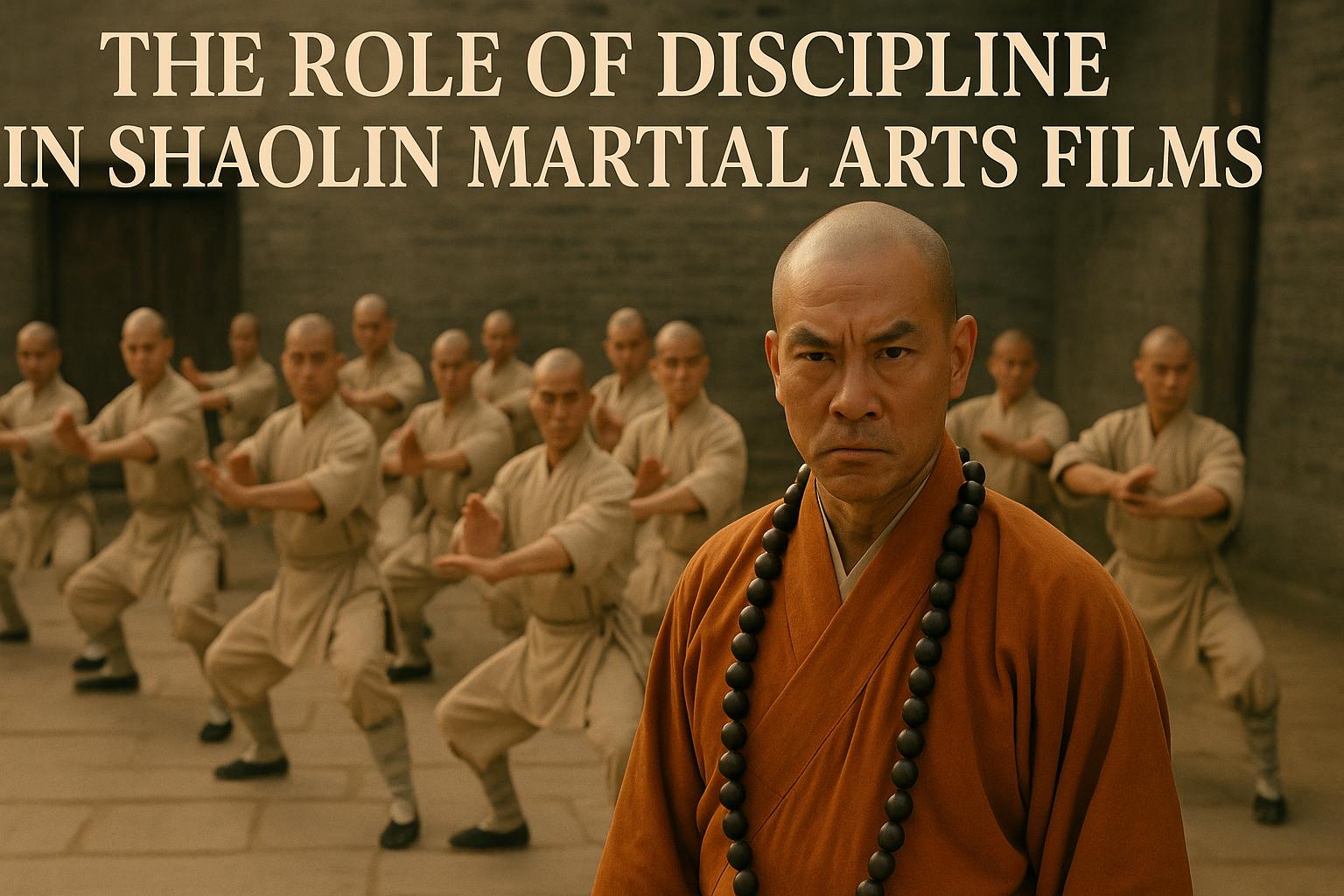
Understanding Discipline in Shaolin Martial Arts Films
In the rich tapestry of cinematic history, Shaolin martial arts films have carved a niche characterized by their philosophy, action, and cultural depth. A key element that stands prominently in these films is discipline. This concept is woven through the narrative, characters, and the depiction of martial arts itself, serving as both a thematic and practical cornerstone.
The Philosophical Foundation of Discipline
Shaolin martial arts are intrinsically linked to the spiritual and philosophical teachings of Buddhism. At the heart of these teachings is the idea of self-control and mastery over one’s thoughts and actions. Discipline in this context is not merely physical but embodies a holistic approach to life. The practitioners of Shaolin, as depicted in films, abide by strict routines and moral codes, emphasizing mental focus as much as physical prowess.
Shaolin practitioners follow rigid daily routines designed to nurture both body and mind. These routines often include meditation for mental fortitude, physical exercises for agility and strength, and philosophical education for moral guidance. Through these practices, they achieve a state of harmony essential for both personal and martial excellence.
The Training Process
In many Shaolin films, the arduous training regime is portrayed as a crucial aspect of the protagonist’s journey. The training scenes highlight the repetitive and rigorous nature of martial arts practice, which requires unwavering dedication. This process illustrates how discipline is essential for achieving mastery over martial arts techniques. The famous “wax on, wax off” style sequences often focus on mundane tasks, underscoring the importance of patience and perseverance.
These training sequences serve as a metaphor for the broader lessons imparted by Shaolin philosophy. By engaging in disciplined practice, the disciple learns to confront inner weaknesses and external obstacles with equanimity. Such scenes become visual symphonies of movement, underscored by the attention to detail and technique instilled through discipline.
Character Development Through Discipline
The narrative arc in many Shaolin films hinges on the transformation of the protagonist. Initially, the protagonist may be undisciplined or lack focus. Through the trials of training and adherence to the teachings of a master, they evolve, embodying the virtues of patience, resilience, and humility. This transformation is a testament to how discipline is not just a skill but a path to personal growth and moral clarity.
The stories of individual change are often accompanied by internal challenges—an internal struggle of ego versus enlightenment. As characters confront and overcome these barriers, they epitomize the profound effect of disciplined practice on personal identity and trajectory. Thus, these films not only showcase physical battles but spiritual and personal ones as well.
Discipline in Cinematic Action Sequences
The choreographed fight sequences in Shaolin martial arts films are a visual manifestation of discipline. These scenes are meticulously crafted to demonstrate control, precision, and the effective application of martial arts techniques. The seamless execution of complex maneuvers reflects the years of disciplined practice required off-screen and serves as an inspiration to audiences around the world.
Intricately designed and executed, these sequences blend aesthetic beauty with technical prowess. Every movement in these battles is purposeful, contributing to a larger narrative of struggle, mastery, and respect for one’s skills and opponent. The attention to detail in these scenes enhances their authenticity, turning them into a celebration of discipline in visual form.
Impact on Audience Perception
For many viewers, the portrayal of discipline in Shaolin films provides valuable lessons applicable to everyday life. The emphasis on hard work, focus, and endurance resonates with audiences, offering a blueprint for overcoming challenges in various aspects of life beyond martial arts.
This cinematic focus encourages audiences to reflect on their practices and commitments, urging an introspective look at discipline in personal endeavors. By engaging with these films, viewers can internalize the values of perseverance and focus, recognizing them as universal tools for success, regardless of one’s specific struggles or goals.
Conclusion
In conclusion, discipline is a pivotal theme in Shaolin martial arts films, shaping their narrative and action dynamics. It is celebrated not merely as a characteristic of martial arts but as an essential life philosophy. The martial artist embodies an ideal of balance—between strength and emotion, action and thought, which is cultivated through relentless discipline.
Shaolin films thus serve as a cultural lens, offering insight into the profound relationship between discipline and martial arts. They inspire audiences to adopt this mindset as a comprehensive approach to personal and professional challenges. For those interested in exploring more about Shaolin martial arts or the broader context of discipline in cinema, consider visiting specialized film analysis platforms or websites dedicated to martial arts history through well-curated resources. From these explorations, one can gain a fuller understanding of how discipline, as portrayed through the cinematic lens, mirrors and influences real-world narratives.
This article was last updated on: September 27, 2025

